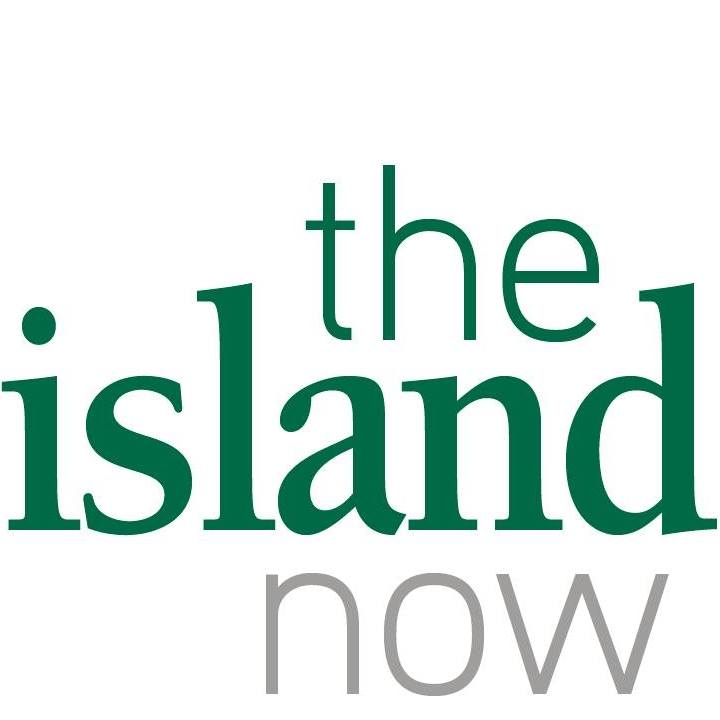Many studies have shown that Long Island is one of the most racially segregated areas in the country.
State Education Department statistics show a large disparity between school districts in the money spent per pupil. This disparity corresponds closely to the median income of school district residents, which in turns corresponds closely to race.
In other words, at least when it comes to public education we have a system on Long Island that is for the most part separate and unequal.
There is room for debate over the reasons, but not the outcome.
At a time when many talk about the importance of education in addressing income inequality in this country, public education at the moment does just the opposite. Public schools spend more on children from affluent families than less affluent families with predictable results.
State education officials recently endorsed a $4.3 billion three-year phase-in of school “foundation” aid focused on the needs of poorer districts statewide, including on Long Island, that would address the disparity in spending per students.
The funding proposal would allot a total of $2.1 billion for the 2017-18 school year, which would include $1.8 billion in foundation aid along with increased money for English language instruction, prekindergarten classes and teacher training.
The fate of the package, which was approved by the state Board of Regents, is now in the hands of Gov. Andrew Cuomo and state legislators.
Candidates for the state Legislature in the recent election talked about bringing more money back to Long Island.
The New York State Association of School Business Officials, an advocacy and research groups headquartered in Albany, estimated that the increase in foundation aid would bring $795 million, or 6.8 percent of the system’s spending among the island’s 124 school districts.
But the spending would vary widely from district to district, depending on relative wealth or poverty.
The result would be an increase in some districts and a decrease in others — unless a “save harmless” provision was included to ensure that school systems receive at least as much state money as they got in the past.
North Shore school districts, which are among the wealthiest in the state, would most likely be among the losers.
So how should our legislators vote?
Politically, this is an easy one. The votes are certainly overwhelmingly behind at least a “save harmless” provision, if not maintaining the status quo.
Economically, this is a much more difficult question.
Do you increase a burden on taxpayers in a state whose taxes are among the highest in the country. Or do you cut other programs? If so, which?
And even if the proposed foundation aid plan is approved a large disparity in spending per pupil will still remain.
This begs the question of whether New York should, in effect, subsidize a system in which less money is spent on poor students than rich?
The state has already effectively locked in the disparity in spending between school districts with the so-called 2 percent tax cap, which requires school districts seeking to raise taxes more than 2 percent to receive more than 60 percent of the vote rather than the 50 percent for districts within the tax cap. This a high hurdle for any school district seeking to narrow the spending gap.
In the end, Cuomo and state legislators may have little choice but to further address the disparity in school funding.
Lawmakers first approved the concept of foundation aid in 2007, partly in response to a state Court of Appeals decision in favor of greater school funding for New York City. Distribution of the extra money — which would have amounted to more than $5 billion to the city and $4 billion elsewhere across the state — was halted because of the 2008 financial crash.
The Campaign for Fiscal Equity, a Manhattan-based group, that filed the original lawsuit, has gone back to court to collect the money it says is due, according to a report in Newsday.
In the original lawsuit, the Campaign for Fiscal Equity sought to protect and promote what they called the constitutional right to a sound basic education for all public school students in the State of New York.
The organization successfully argued that the state’s school finance system under-funded New York City public schools and denied its students their constitutional right.
We think a sound basic education for all public school students should be the starting point for all state legislators in this discussion, including those on the North Shore.



